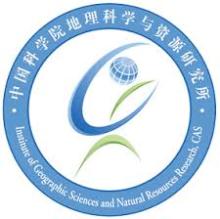Resource information
Understanding the temperature and moisture sensitivity of soil organic matter (SOM) mineralization variations with changes in land cover is critical for assessing soil carbon (C) storage under global change scenarios. We determined the differences in the amount of SOM mineralization and the temperature and moisture sensitivity of soils collected from six land-cover types, including an orchard, a cropland, and four forests, in subtropical southeastern China. The responses of SOM mineralization to temperature (5, 10, 15, 20, and 25°C) and moisture (30%, 60%, and 90% of water-holding capacity [WHC]) were investigated by placing soil samples in incubators. Soil C mineralization rate and cumulative C mineralization were higher in orchard and cropland soils than in other forest soils. With increasing temperature, soil C mineralization rates and cumulative C mineralization increased with the rise of WHC. The temperature sensitivity of soil C mineralization was not affected by land-cover type and incubation moisture. All soil temperature treatments showed a similar response to moisture. Cropland soil was more responsive to soil moisture than other soils. Our findings indicate that cropland and orchard soils have a higher ability to emit CO₂ than forest soils in subtropical southeastern China.



